deepeye.hu
Astronomical Drawings of Peter Kiss
Astronomical Drawings of Peter Kiss




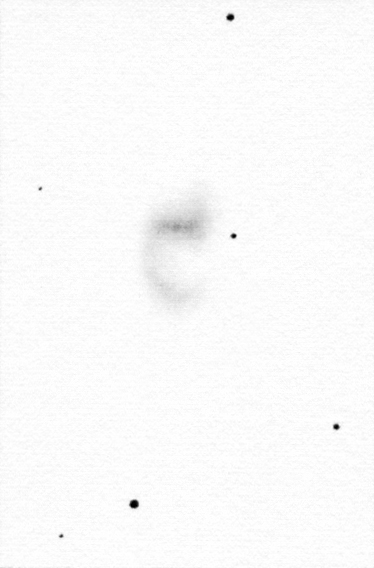

I have not yet drawn or seen this galaxy before but I knew it was beautiful and interesting. So I thought I would take a look at it after drawing M 51. The view immediately got to me. Its one spiral arm can be seen straight away. This single arm is the reason why Halton C. Arp included it in his catalog as Arp 22. The galaxy is pretty bright although it's only about 20° above the horizon. The core is not very bright relative to the inner part (the bar) and it's not stellar. The bar is clearly inhomogenious. The spiral arm is fainter but it is definitely visible. There is even a slightly brighter diffuse patch in the arm. There is another galaxy to the South just outside the area I drew, NGC 4027A at 14.9m. It was probably the interaction of these two galaxies that shaped NGC 4027's single arm. I was not aware of the companion while drawing, I didn't look for it and I didn't see it. The galaxies lie about 75 million light years away and they are part of the NGC 4038 group. This latter object is the famous and nearby Antenna Galaxy.

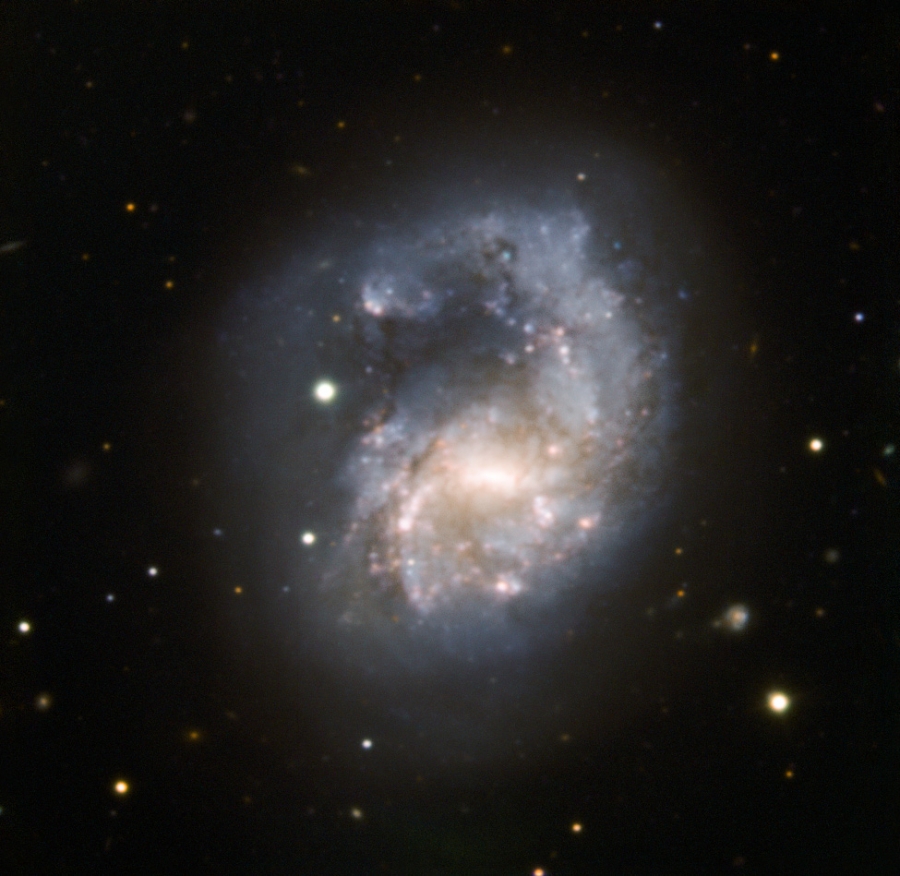
The photo on the left was made by ESO with the 3.58 m NTT telescope and the EFOSC2 instrument. My inverted drawing has been rotated and cropped to resemble the orientation and size of the photo.
What I saw in the eyepiece is only the main structure, the single spiral arm. The system would probably have revealed more details from the southern hemisphere.
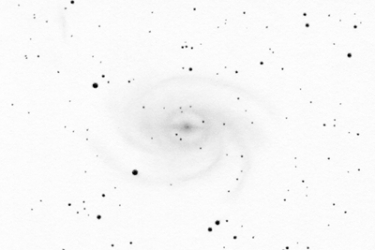
Pavo galaxy
The grand spiral galaxy of Pavo
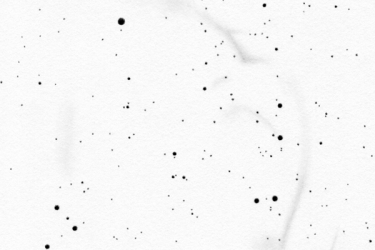
Panorama drawing
Huge and faint supernova remnant in the southern sky
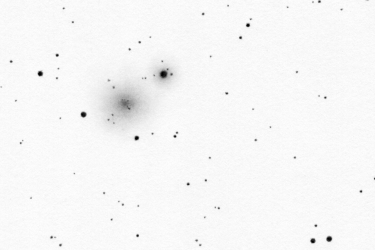
Centaurus globular cluster
The second globular in Centaurus

Apus globular cluster
Globular cluster close to the Southern celestial pole
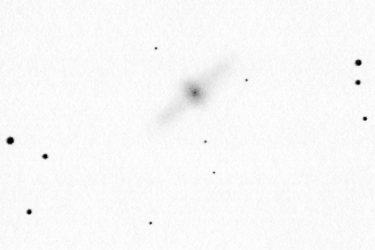
Centaurus galaxy
Polar ring galaxy
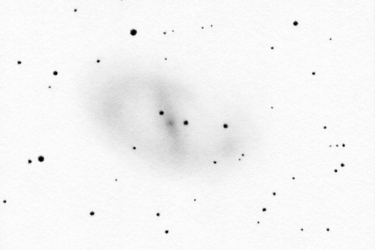
Ara galaxy
Barred spiral galaxy in the thick of the Milky Way